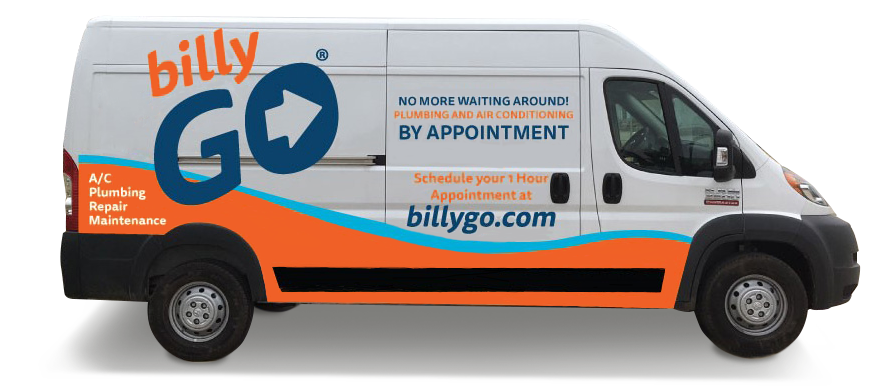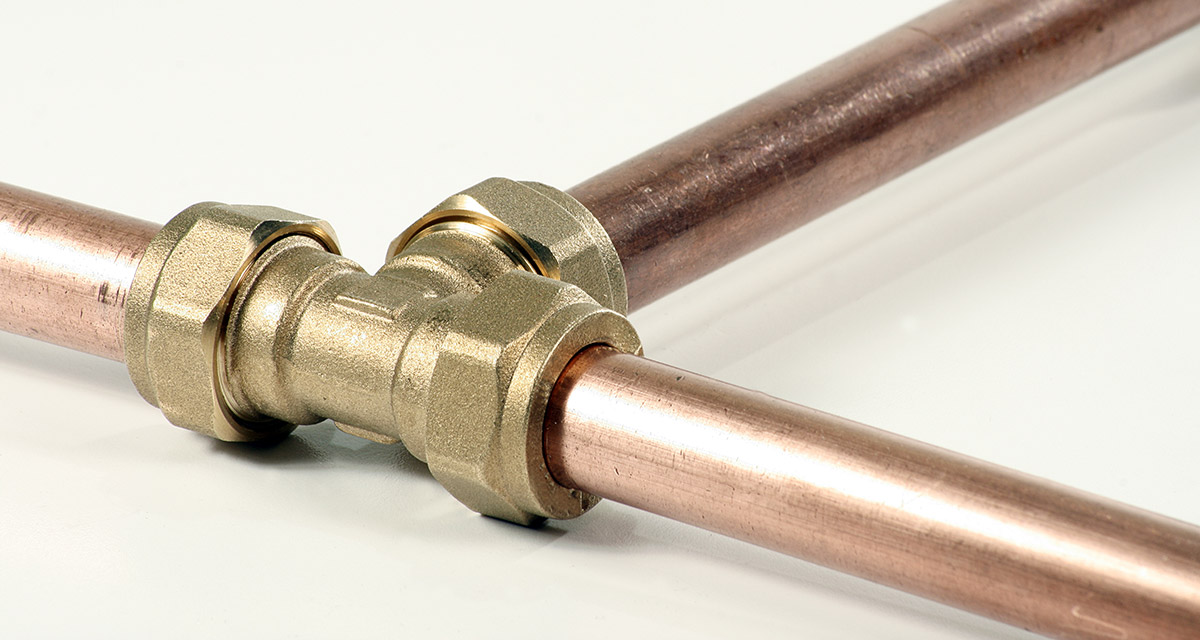Gas leaks are a serious matter. Gas line repairs should only be done by a licensed and certified plumber. If your home uses gas, it is always in your best interest to receive regular gas line inspections.
You may have a gas leak in your home or beneath your lawn and not be aware of it until it’s too late. Gas companies are aware of thousands of leaks that go un-repaired because they present no immediate problem.
The non-threatening leaks are outdoors and away from buildings. Indoor gas leaks, no matter how small, are another matter entirely.
About Those “Benign” Natural Gas Leaks
Gas distribution lines are part of America’s aging infrastructure. Decades-old copper and, in some places cast-iron, gas lines deteriorate from the corrosive effects of the gas, plus water and minerals in the soil. Gas escapes and collects in underground voids or eventually makes its way to the surface.
Government agencies and gas companies grade gas leaks in terms of severity and threat as Grade 1, Grade 2 or Grade 3. Definitions are similar from state to state. The agency that regulates natural gas in Texas, the Texas Railroad Commission, defines them as:
- Grade 1 – A leak that represents an existing or probable hazard to persons or property and requires immediate repair or continuous action until the conditions are no longer hazardous. This includes any indoor leak.
- Grade 2 – A leak that is recognized as being non-hazardous at the time of detection but justifies scheduled repair because it could become a hazard. These are leaks that should be repaired within a calendar year, but no later than 15 months.
- Grade 3 – A leak that is non-hazardous at the time of detection and can reasonably be expected to remain non-hazardous. These are reevaluated within 15 months or at the next scheduled survey, if sooner, until the leak is regraded or no longer results in a gas reading.
Gas Leak Symptoms and Signs
If you smell gas outside and away from your home a distance of 15 feet or more, notify the gas company. To get a better idea of the location start sniffing to see where the smell is strongest. Good visual cues are dead or dying plantings or a circular brown patch in your lawn.
Look for areas of heavy insect activity. Some insects are attracted to the smell of the Mercaptan odorant added to help detect the naturally odorless gas. Listen for a hissing sound, which could indicate a gas leak.
Do not dig or attempt to repair a suspected leak. That’s a job for either the gas company or a licensed plumber, depending on the location of the leak and the location of your gas meter (see details below under “Gas riser” and “Gas pressure regulator”).
You or someone in your family may develop physical symptoms that may have resulted from exposure to natural gas. These include nausea, headaches, fatigue, difficulty breathing, dizziness, and drowsiness. These might indicate a gas leak near or inside your home.
Five Common Types of Gas Leaks
Gas may leak out anywhere in the distribution system, especially around valves and fittings. Some areas have proven more problematic than others. Here are the ones we see most often:
1. Gas riser – The gas riser is the pipe that emerges from the ground to connect the gas supply to your gas meter. Since the early 2000s gas risers have been made from non-corrodible plastic materials. Prior to that most were metal, as seen in this example from a home built in the mid-1990s.
Over time, metal in the ground corrodes and develops thin spots that can develop holes where gas leaks out. In most cases, the gas company is responsible for maintaining the meter and all the gas pipe coming from the street to the meter.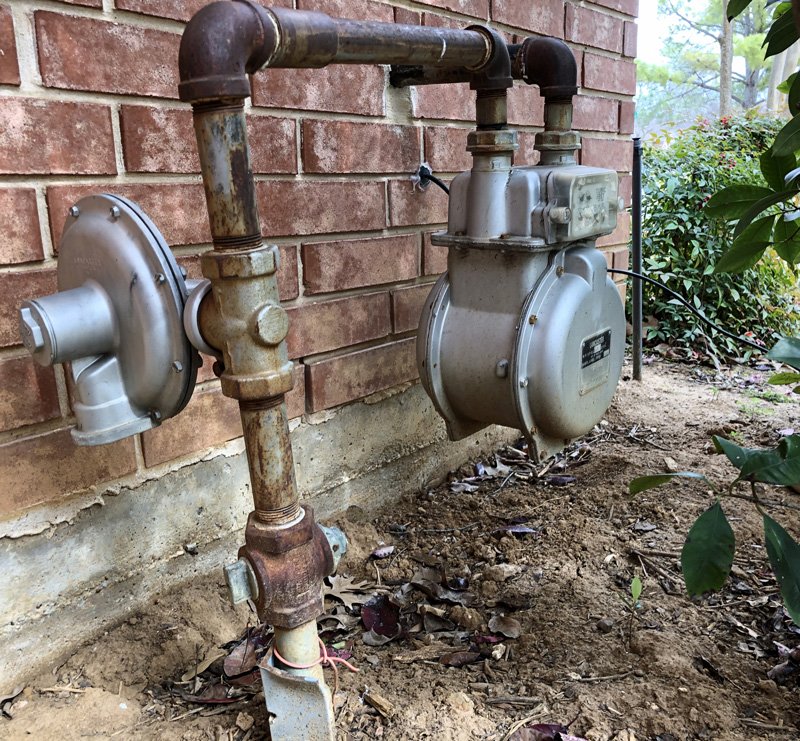
Homeowners are responsible for the gas system that runs from the meters into and throughout their homes. Gas meters usually are located at the rear or on the side of a single-family home, within inches of the outer wall. In multi-family housing gas meters may be inside.
2. Gas pressure regulator – Leaks also develop in and around gas pressure regulators (the disc-like object on the left side of the image shown). Leaks develop at joints of all types due to people or tools bumping the pipes, or perhaps faulty installation. Sometimes a diaphragm in the pressure regulator can leak because it is defective or foreign matter may have gotten in the gas line to foul it. That said, it is not unusual to smell gas around the regulator because it will vent gas at times to regulate the pressure.
Try a bubble test. Mix three tablespoons of dishwashing detergent in a quart of water and spray the mixture around the joints. If you see bubbles, it becomes a job for a licensed plumber or the gas company. If the leak is on the house side of the meter or the side where the gas supply enters the meter, it is your responsibility as the homeowner. If between the meter and the street, it is a job for the gas company.
Swimming pool heaters may have gas pressure regulators, too. In most cases, homeowners are responsible for maintenance and repairs to them, as the gas travels through the gas meter for the property before it gets to the pool heater.
3. Fireplace valve – The valves that control gas flow to gas fireplaces frequently develop leaks. Valves, like any mechanical device, can wear out with use. The difficulty of repair usually depends on where the fireplace gas valve is located. If it’s in the floor of a home with a basement or crawl space it can be reached easily.
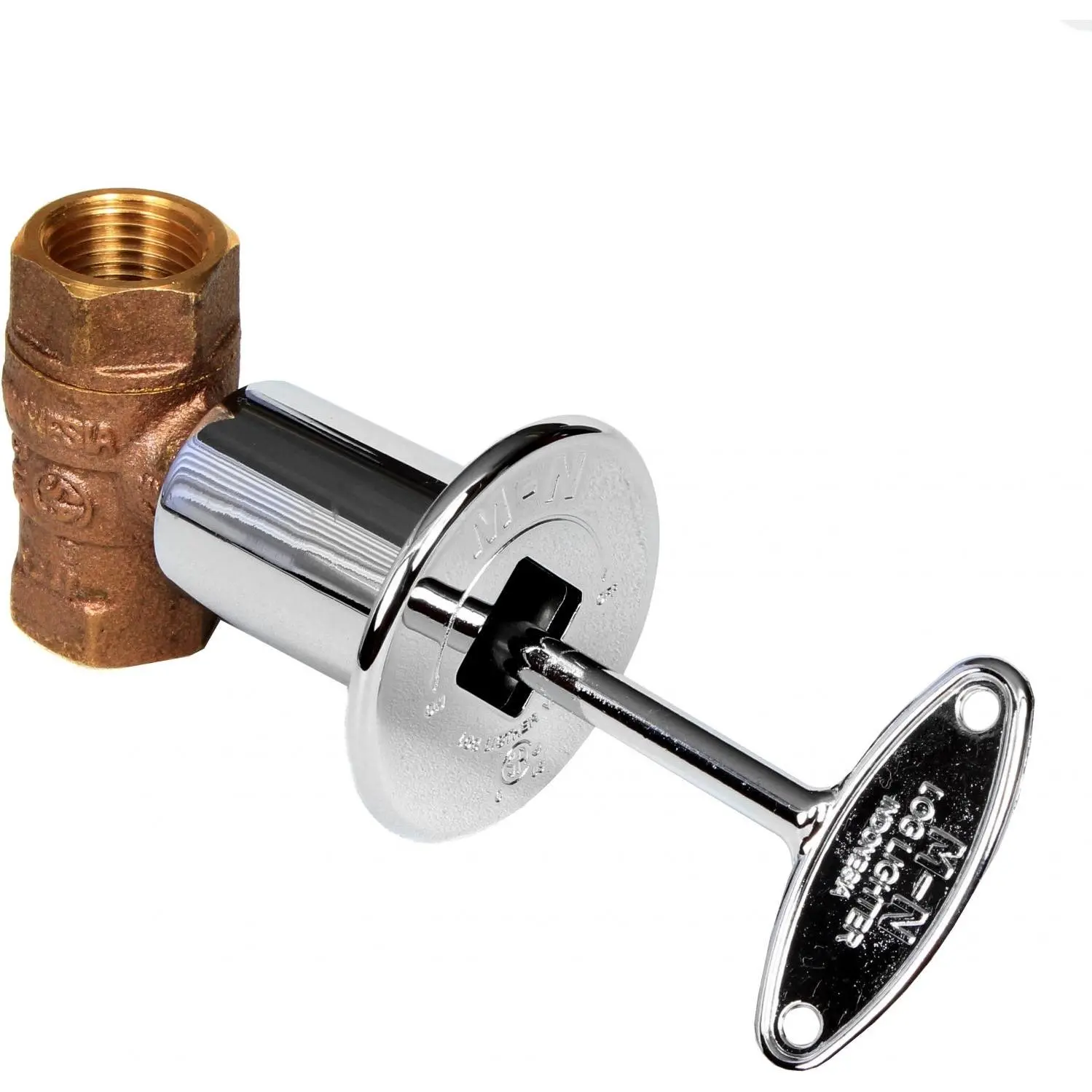 If the valve is installed in the front of the fireplace, it may require help from a carpenter or mason to access it and put things back in order following valve replacement. It doesn’t always come to that, however. Some fireplace valves can be repaired without having to remove the entire valve. This is a job for a plumber.
If the valve is installed in the front of the fireplace, it may require help from a carpenter or mason to access it and put things back in order following valve replacement. It doesn’t always come to that, however. Some fireplace valves can be repaired without having to remove the entire valve. This is a job for a plumber.
4. Pilot Lights – Gas appliances require a way to ignite the gas to produce a flame when you want to cook, heat your home or get hot water. Newer standing pilot lights have a thermocouple safety device that will shut off the gas supply to the pilot light if the flame goes out.
Some older gas appliances do not have this safety feature: if the pilot light gets blown out the gas can build up in the room and pose the danger of explosion from the smallest spark.
Pilot lights have mostly been replaced by electronic igniters that shoot a spark directly into the gas at the burner or directs the gas over a glow rod that ignites it. This system is more efficient because gas flows only when someone turns it on. There is no pilot light to go out and cause a possibly dangerous situation.
5. Joints and fittings – Any joint in a gas line not sufficiently tightened or sealed can develop a gas leak. Gas furnaces, ovens, range tops, driers water heaters, and other gas appliances usually are connected wit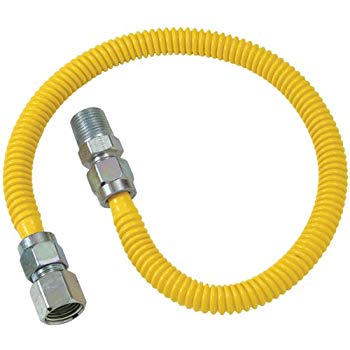 h a union fitting for quick connection and disconnection for repair or replacement.
h a union fitting for quick connection and disconnection for repair or replacement.
Plumbers wrap thread seal tape on the threads on the male connector. When tightened, the tape is squeezed to fill in any gaps. If the tape was not properly applied or was not applied at installation, a gas leak is a near certainty.
As with any suspected gas leak, this is not a DIY job. Get a licensed plumber. The best way to be sure you don’t have a gas leak is to a plumber to an annual inspection of your home’s gas system.
If You Smell Gas – Act Fast!
Here’s what to do immediately if you smell gas:
- If inside, turn off any stove or oven burners that are on; open windows and doors
- Leave the area; go to the home of a friend or neighbor a safe distance away
- Call you’re a plumber, your gas company, or 911 to report the smell (first responders often arrive before gas company technicians)
- Do not turn any electrical switches on or off
- Do not use any kind of telephone, garage door opener, doorbell or even a flashlight
- Do not smoke, light a match or lighter
- Do not stop or start a nearby vehicle or piece of machinery
- Do not attempt to shut off the natural gas valve
CONCLUSION
If you smell natural gas or have any reason to think you may have a gas leak in or around your home start investigating immediately. If the smell is strong, leave the area immediately. If the gas smell is faint, you may wish to try to locate the source by smell and a bubble test. Do not attempt a repair.
Here are five common gas leak locations in and around your home:
- Gas riser – The gas riser is the pipe that emerges from the ground to connect the gas supply to your gas meter.
- Gas regulator – a disc-shaped device near your gas meter that controls gas pressure going into your home.
- Fireplace valve – the valve you turn with a removable key to turn on and off the flow of gas to a gas fireplace.
- Pilot lights – these ignite the gas to produce a flame when you want to cook, heat your home or get hot water.
- Joints and fittings – any visible joint or fitting that may not be sufficiently tightened
This page provides additional information about gas leak detection and repair that you may find helpful.
